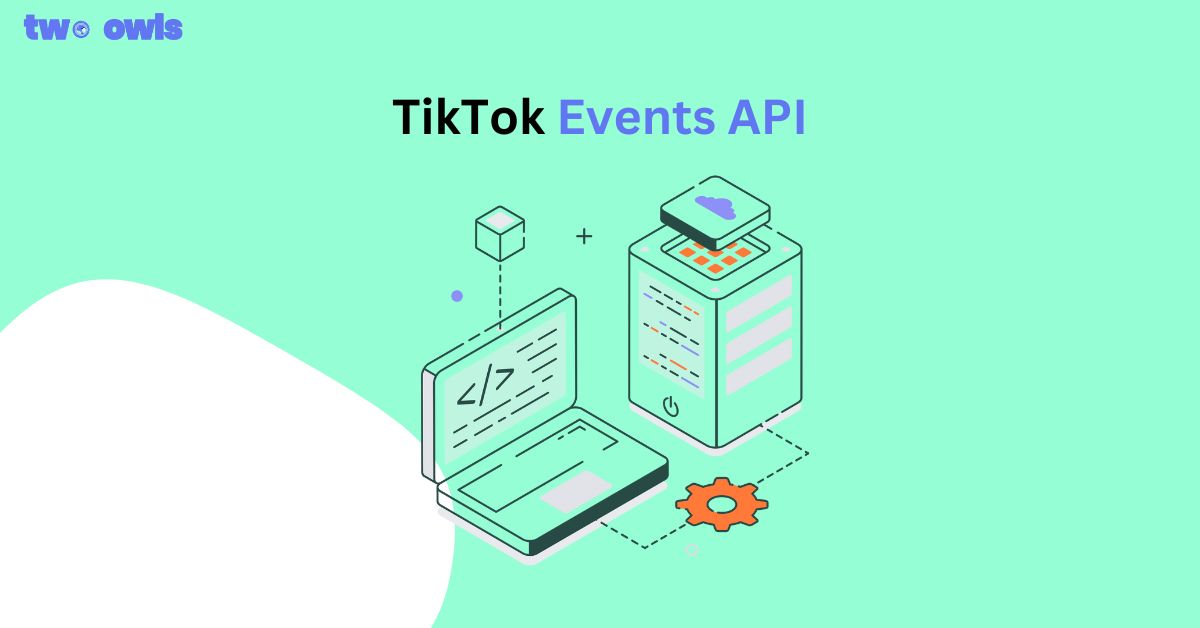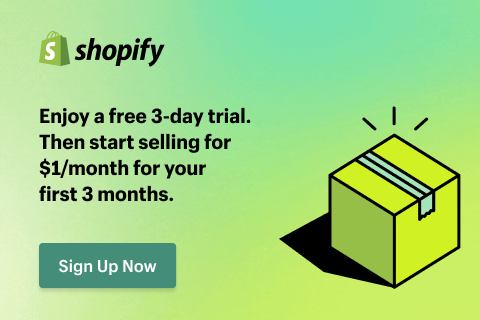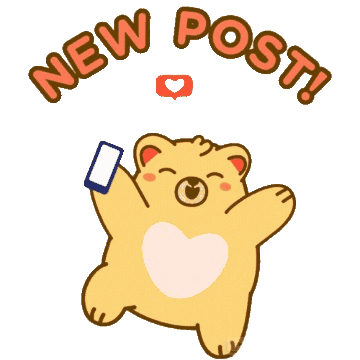Facebook Ad CTR: 10 Proven Hacks to Crush the Industry Average
Facebook plays a prominent role in the advertisement of popular brands owing to its wide user base and varied reach. Marketers need to develop effective strategies to improve CTR while advertising on Facebook. This article aims to discuss what Facebook ad CTR is its ideal value, and how to develop an effective overflow for one's Facebook ad CTR.
What is Facebook Ad CTR?
On Facebook, the click-through rate (CTR) represents the proportion of viewers who click on an advertisement after being exposed to it, serving as an indicator of the ad’s success in capturing the audience’s interest and prompting them to act.
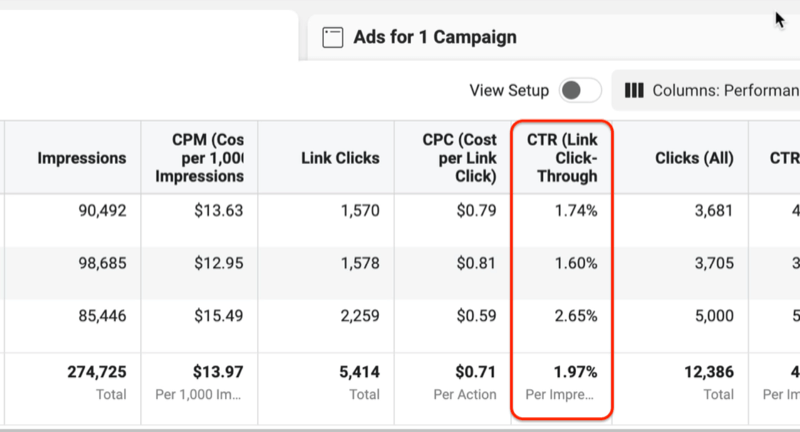
Needless to say, CTR is one such measurement that would bring almost all digital marketing efforts under its ambit. It gives companies the ability to compare performance and optimize strategies. Therefore, every digital marketer is tasked with "improving CTR" as the first thing every online marketer hears.
How to Calculate Facebook Ad Click-Through Rate?
To calculate the CTR (click-through rate) when running Facebook ads, you can use the following formula:

For example, if your ad received 200 clicks and 10,000 impressions, the CTR would be:
CTR = (200/10,000)*100 = 2%
This percentage indicates how effective your ad is at encouraging users to click through. A higher CTR generally indicates a more effective ad campaign.
Why is Facebook Ad CTR Important?
Evaluate Ad Performance
Average CTR comparison will help you track how your ads perform against both industry and historical levels, thereby indicating how well your ads do against competitors and help track trends over time. If your CTR is better than the benchmark across industries, then your ad is indeed interesting and relevant to your audience. The low CTR shows the opposite, that is; your ad needs to be improved on messages, graphics, or targeting in order to generate more clicks.
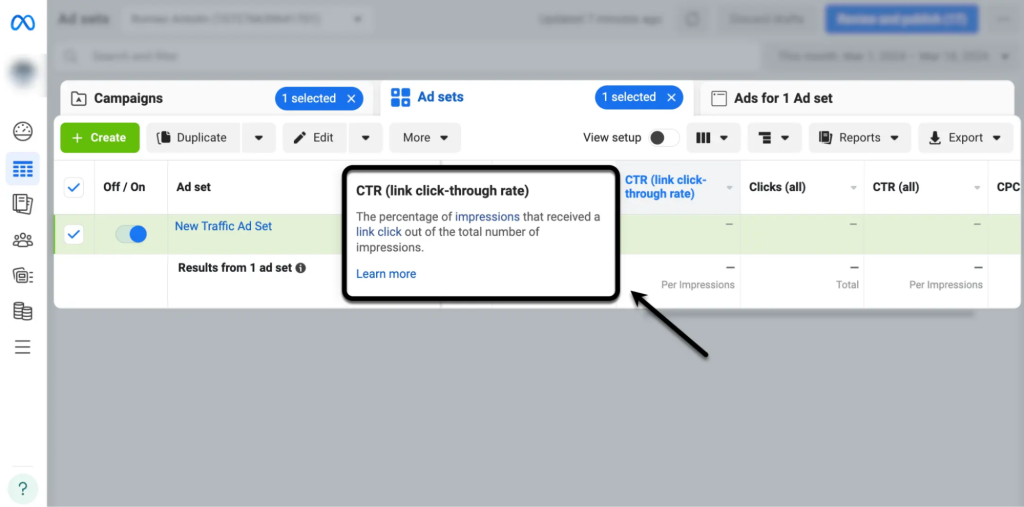
Detect Areas for Enhancement
Keeping track of your CTR, you can discover what is not performing well in your ad campaigns at any given time. If your CTR is below the industry average, your targeting, ad design, or offer needs improvement. Test turning different ad creatives, copy, and audience segments to find out what resonates best with them.
Maximize Ad Budget Efficiency
This is the base for calculating your advertising spending and the entire ROAS. A higher CTR gives you a lower CPC and increases campaign profitability. This is the most effective way you can bring in more profits from your ads since you continuously improve your ads to raise your CTR.
Data-Driven Optimization
Analyzing CTR trends enables the identification of what resonates with your audience. High-performing ads will indicate future campaigns. Audience segmentation according to demographics or interests improves targeting. Regular review of data guarantees ongoing refinement for enhanced engagement and conversions.
What is a Good CTR for Facebook Ads?
A good CTR of Facebook ads can be measured between 0.90%-2.60%, depending on factors such as industry, target audience, or ad placement. Generally, anything above a 1% CTR is considered good, while rates 2% and above are deemed strong.

However, what makes a "good" CTR may differ from one industry to another. For example, legal services mostly have a higher CTR that oscillates around 1.61%, while ads on employment and job training generally have a lower figure at about 0.47%. Hence to maximize performance, companies need to gauge their CTR up against the standard set for their industry and make adjustments on targeting, creatives, and messaging, as necessary.
Average Facebook Ads CTR by Industry
The average CTR on Facebook ads across industries is around 0.90%.
Below is a breakdown of CTR for the different industries.
| Industry | Average CTR |
|---|---|
| Apparel | 1.24% |
| Auto | 0.80% |
| B2B | 0.78% |
| Beauty | 1.16% |
| Consumer Services | 0.62% |
| Education | 0.73% |
| Employment & Job Training | 0.47% |
| Finance & Insurance | 0.56% |
| Fitness | 1.01% |
| Home Improvement | 0.70% |
| Healthcare | 0.83% |
| Industrial Services | 0.71% |
| Legal | 1.61% |
| Real Estate | 0.99% |
| Retail | 1.59% |
| Technology | 1.04% |
| Travel & Hospitality | 0.90% |
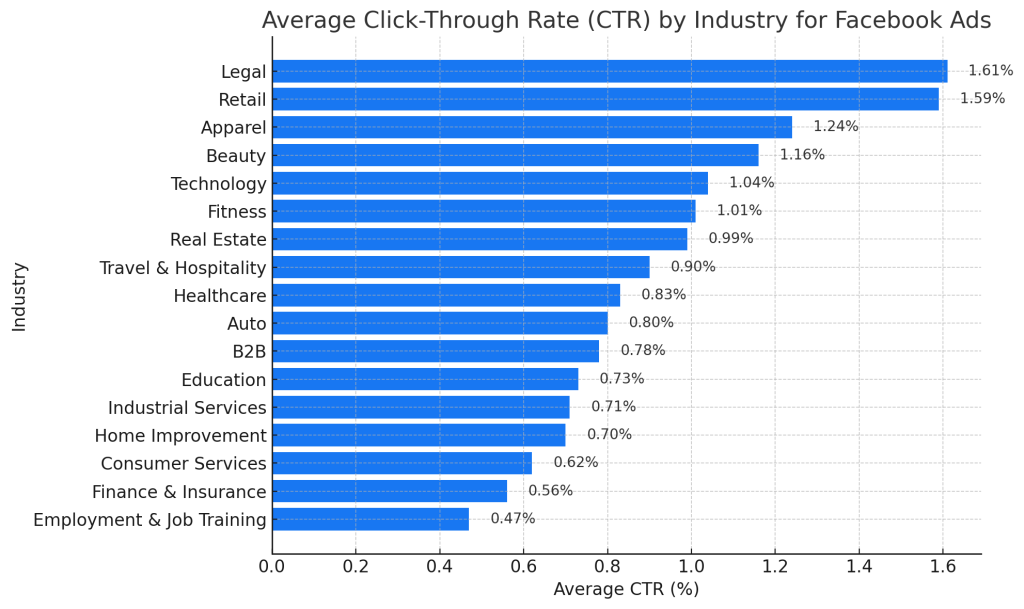
Data shows that the Legal services industry has the highest average click-through rate (CTR) of 1.61%, closely followed by Retail at 1.59% and Apparel at 1.24%. In contrast, Employment and Job Training have the lowest CTR of 0.47%, and others among low CTRs are Consumer Services at 0.62% and Finance and Insurance at 0.56%.
How to Increase CTR in Facebook Ads?
1. Select an Attention-Grabbing Image
The ad image has to be attention-grabbing. Good ad copy is just as important, but the first essential thing to do to get your audience's attention is to wow them with an equally strong image.
Facebook says ads with low text (less than 20%) perform better, yet there is no hard limit on the amount of text. So aim for as brick as possible when putting together your images, nothing at all would be even better.
A value proposition is another great way to grab eyeballs. For example, Spotify incorporates "Free" into the ad image and copy for maximum standout appeal. The color scheme is critical in appealing to engage with the ad.
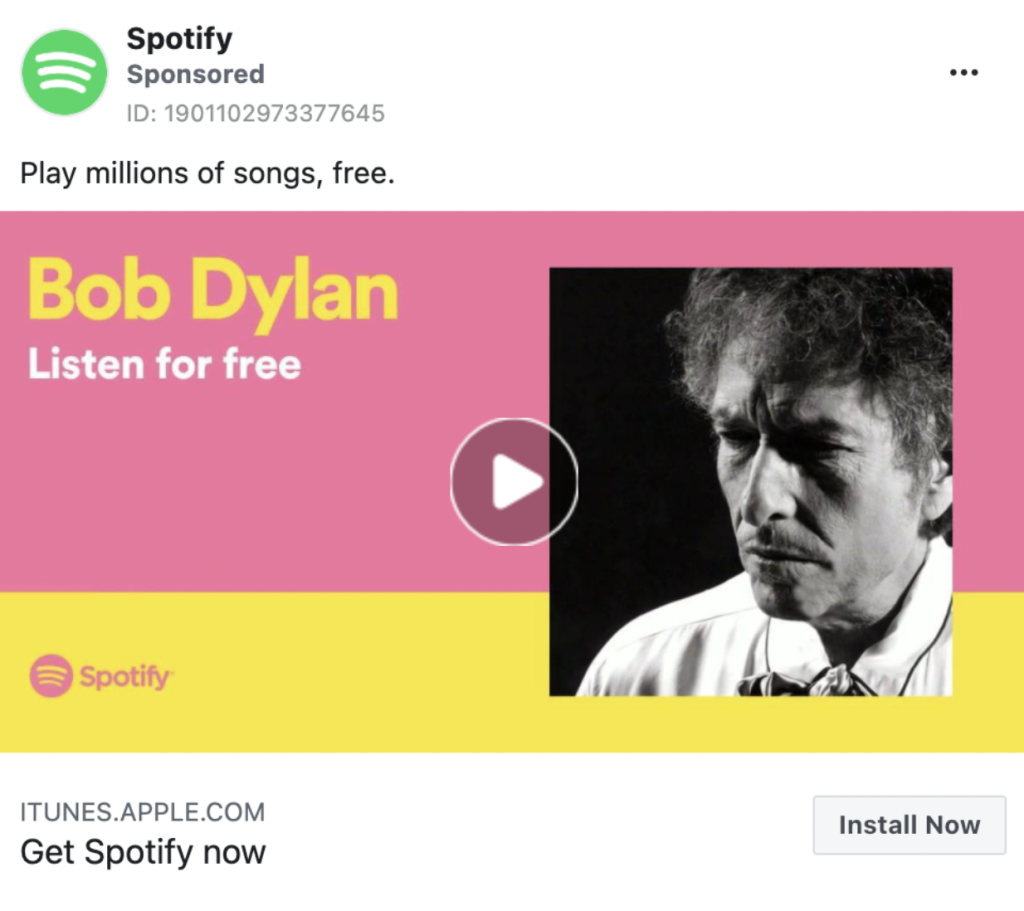
Colors dictate a person's thoughts about a brand and their propensity to buy. Choosing the right color scheme is not just aesthetic; it is merely another tactical choice to increase engagement and conversion.
2. Use Facebook Carousel Format for Multiple Images
If you have multiple pictures that you would like to highlight in a single ad, then the carousel format should be how you do it. With up to 10 images or videos (each with its respective link), you will showcase different products or even different aspects of a single product. It can also be a creative way to embark on a story about the brand, which unfolds over each carousel card.
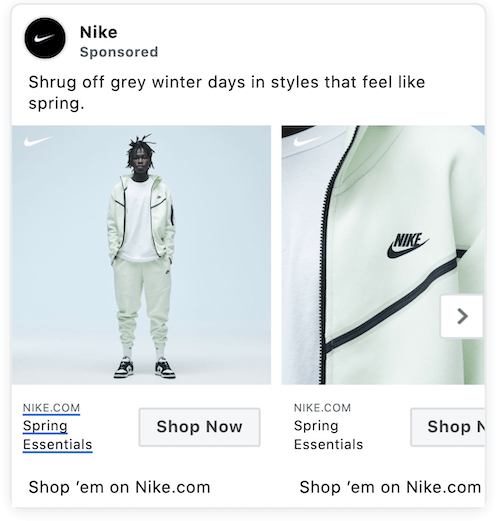
>>> Read more: Are Facebook Carousel Ads Still Effective? How to Convert Them?
3. Optimize for Clicks
Optimizing for clicks is essential to improving your Facebook ads' CTR. This means refining your ad targeting, creative elements, and bid strategy to drive more user engagement. However, click optimization isn’t just about better ad copy or visuals; it’s also about leveraging the right tools to track, analyze, and improve performance.
With our Two Owls’ Facebook Ads Report feature, advertisers can simplify analytics and make data-driven decisions to enhance their campaign effectiveness. Instead of guessing what’s working, you’ll get clear insights into your ad performance, helping you adjust your strategy for better CTR and lower costs.

4. Keep Your Ad Copy Short
AdEspresso analyzed over 37,000 Facebook ads and concluded that the clearest and simplest ad copy works best. This is true not just for the body copy but for the headline and description.
From their research, the ideal text lengths for the headline, body, and description are 5, 14, and 18 words, respectively. Always being short and sweet allows your audience to grasp the essence of your offer without losing interest.
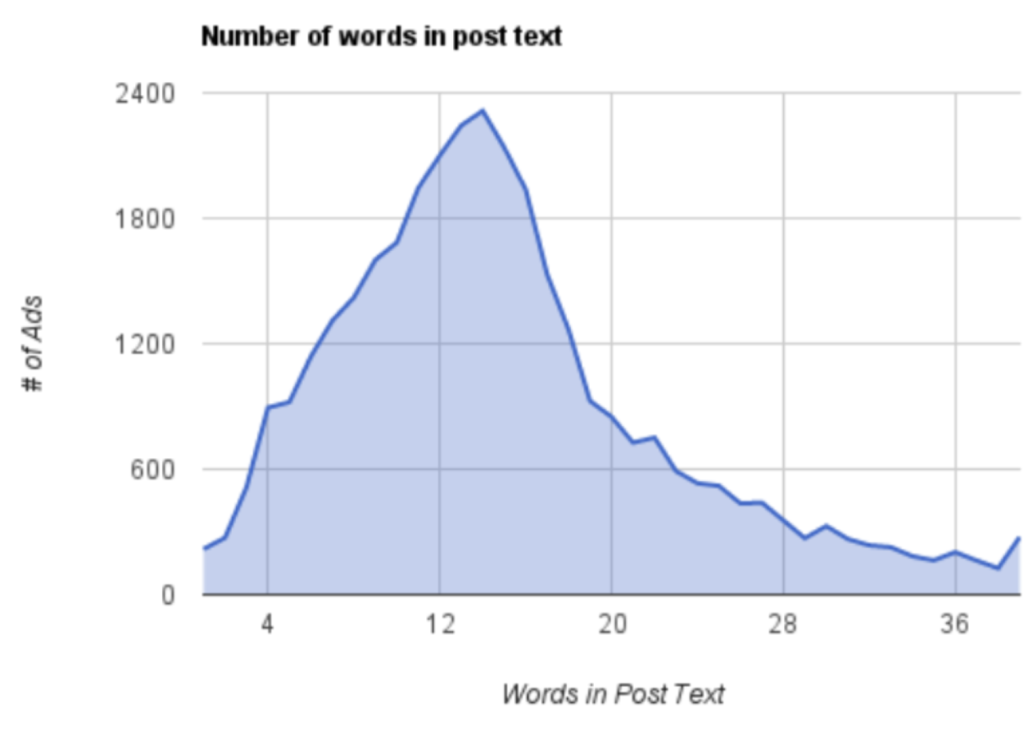
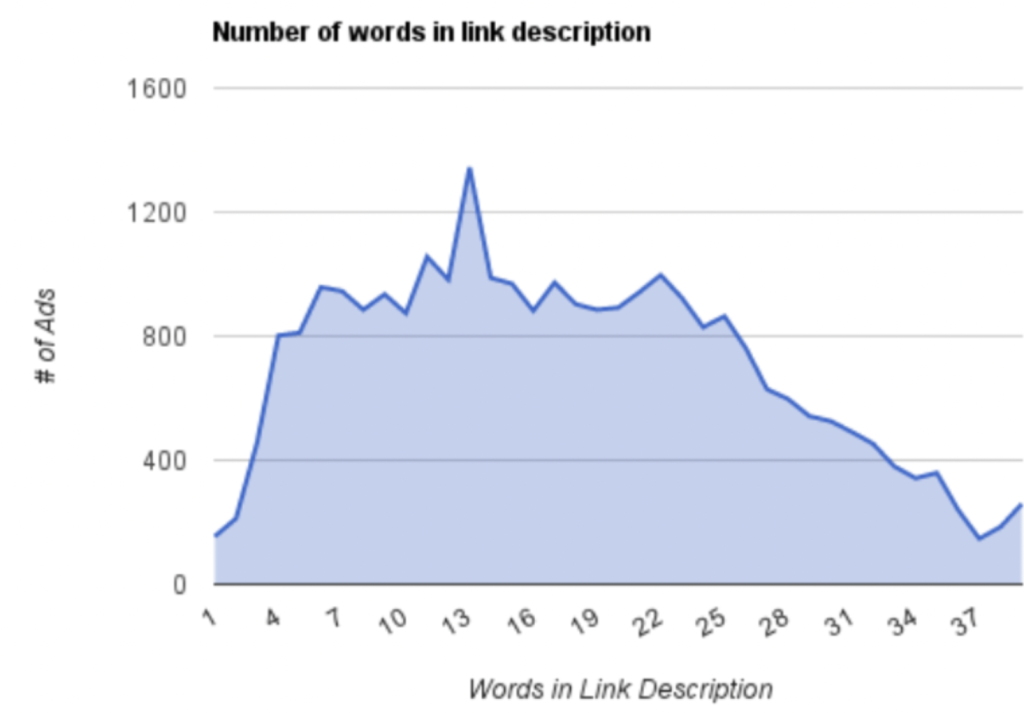
Short and to the point, the text has better chances of generating more interest, be it an organic post or even a paid ad. To make the best of your Ad Copy, it should strike the right balance between brevity and effectiveness. Following are a few examples of an ad copy that is short and to the point yet interesting.
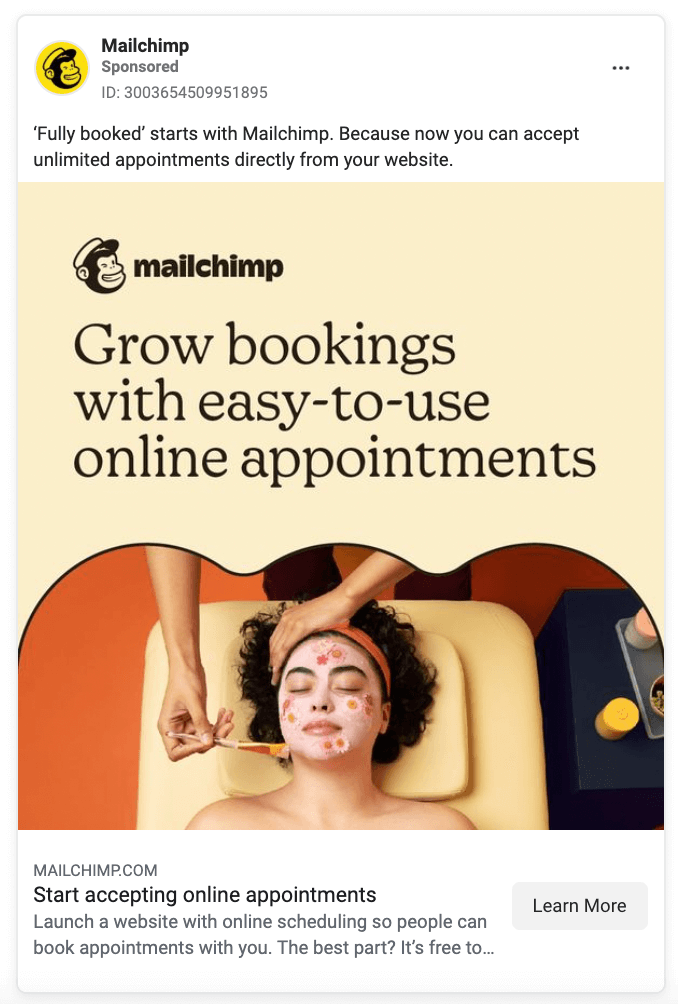
5. Test Different Headlines
Good headlines lead to actions, according to phrases like "Stylish Add to Collection" and "Pick Your Favourites." The call to action reinforced the unchanged phrase with "Shop now." Try different headlines to see which one works best for your audience.
6. Ask Questions to Increase Engagement
Incorporating questions in your headline or main text is an effective way to boost CTR. Research by Social Influence found that question-based headlines received 150% more clicks than statements. Adding the word “you” made the impact even greater, increasing clicks by 175%. Try using engaging questions in your ads to capture more attention.
7. Enhance Ads with Emojis
Emojis make ads lively and attract eyes. An in-house conducted A/B test established that well-placed emojis could increase conversions by 110%. They also break text, give life to your message, and make the conversation much more relatable to the audience.
To make the most of emojis in your ads, try using the Facebook Emoji Keyboard by Two Owls. This tool makes it easier to find and insert the perfect emojis for your ad copy, ensuring they enhance engagement without overwhelming your message.

8. Use FOMO to Drive Action
Learning how to insert fear of missing out (FOMO) into ad copy can considerably boost both click-through and conversion rates. This means that customers are driven to do something before they lose-great chance-not wanting to miss it.
Just imagine scrolling through Facebook and running into an ad by MAC Cosmetics (example below). You aren’t even planning to buy, but then you suddenly see the words “for a limited time only,” and you are rethinking your stance. The urgency created by FOMO pushes often apathetic customers to take action sooner rather than later.
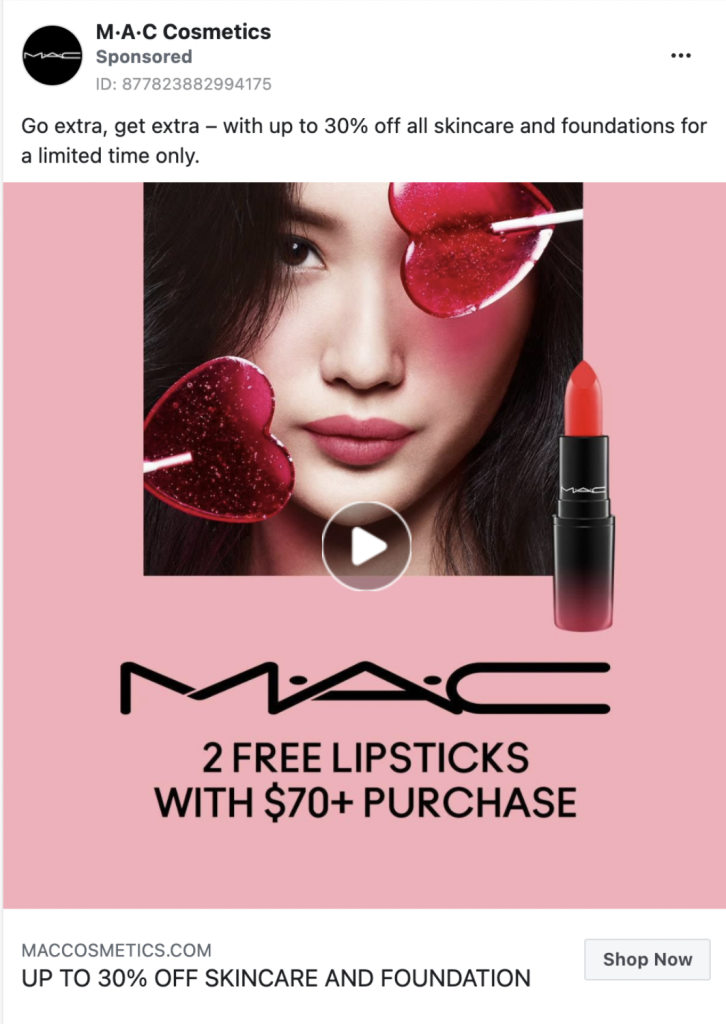
9. Choosing the Right Facebook Ad Placements
Some advertisers may prefer to limit their ads to Facebook and Instagram, excluding Messenger and Audience Network. But is this the best stretch?
Data show that Facebook placements produce the highest CTR (3.90%) while the rest produce less than one percent: Instagram, Audience Network, and Messenger. This implies that more concentration on advertising would likely increase engagement than rely on the rest.
10. Leverage Social Proof
Displaying social proof is another way to increase the CTR of Facebook ads. The customer has built trust in the quality of your product and is motivated to make a purchase.
To increase engagement, showcase top user reviews, testimonials, or press mentions within your ad image or copy. Highlighting positive feedback can influence users to take action.
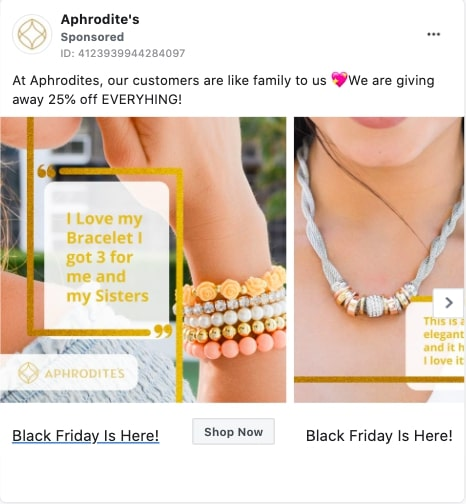
Wrap up
Our final advice is simple: test, test, and test again. If an approach isn’t delivering results, try a different strategy. If something is performing well, push the experimentation envelope to see if you can do better.
Since it has already been established that audience preferences tend to be fickle, continuous testing of ad creativity and copy is a must. Don't be afraid to try some of these- we would bet they will result in a definite improvement in your Facebook Ads CTR.
![How to Connect Wix to TikTok Shop: Step-by-Step Guide [2025]](https://twoowls.io/wp-content/uploads/2025/09/Connect-Wix-to-TikTok-Shop.jpg)
How to Connect Wix to TikTok Shop: Step-by-Step Guide [2025]
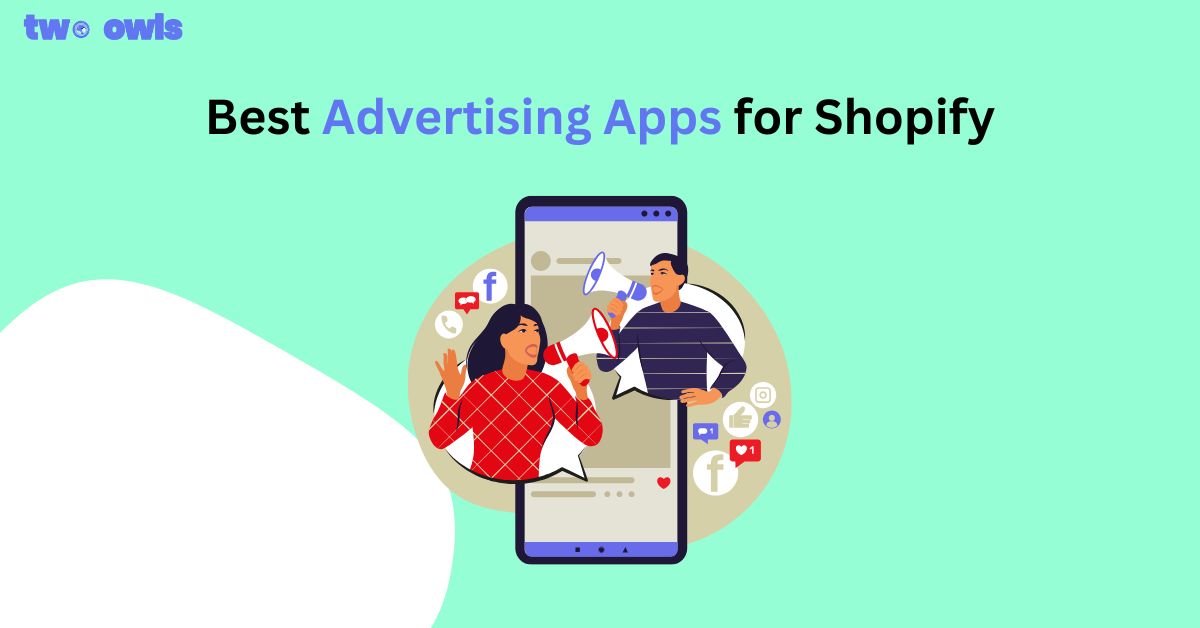
Top 10 Best Advertising Apps for Shopify That Actually Work
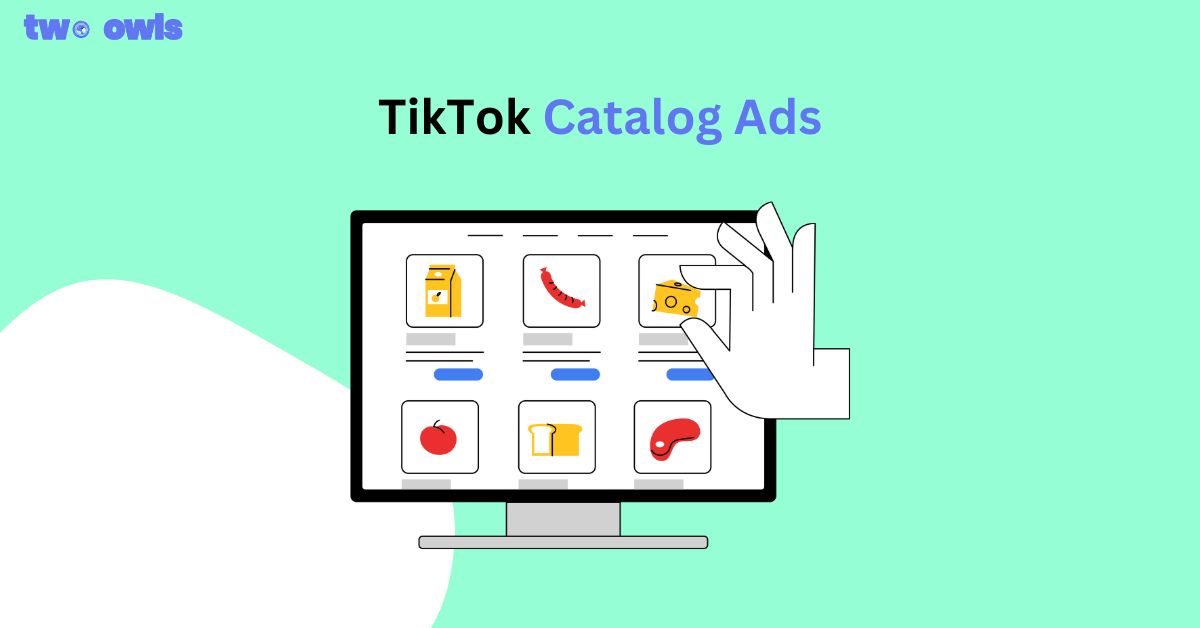
TikTok Catalog Ads: A Quick Guide for Shopify Merchants
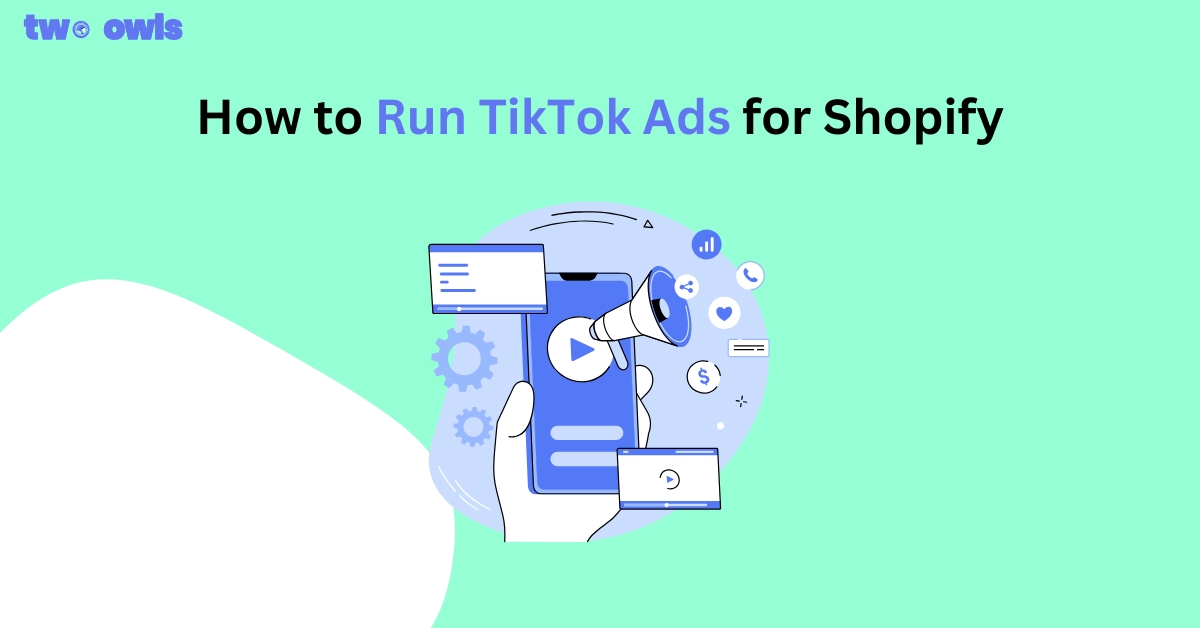
How to Run TikTok Ads for Shopify & Turn Scrolls Into Sales
